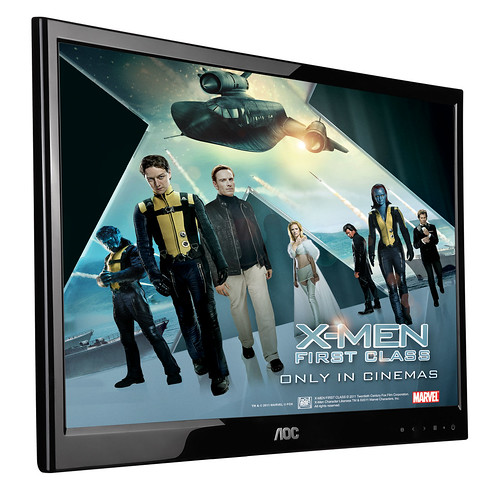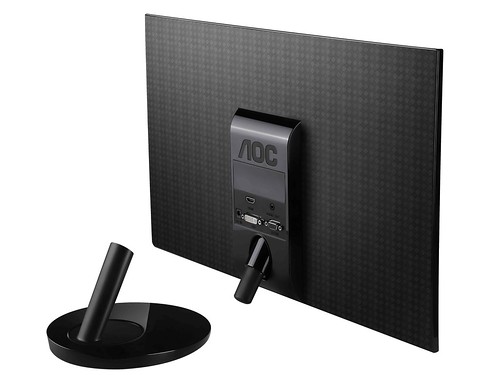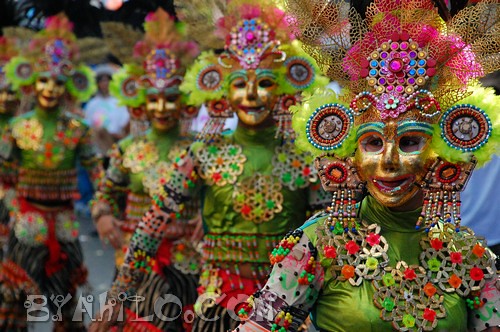Penman for Monday, June 6, 2011

IT'S OFTEN said that a man’s home is his castle, but now and then, once in a lucky while, a castle is his home. That’s been my unusual lot for a month now, here at the Civitella Ranieri Center in Umbertide, near Perugia in the region of Umbria in Central Italy, where I’m working on my third novel—and, when I need a break, on odd jobs like this column, which I’ve been putting off for as long as I could.
The Civitella Ranieri is actually a 15th-century castle, standing on a hilltop overlooking the broad Tiber valley, with turrets, stone walls, and heavy wooden doors of the kind you see in medieval costume dramas. The family tree which is the first thing you encounter upon entering the castle keep goes back a thousand years, and counts a Pope and two cardinals. The recorded history of the Ranieris is a colorful and bloody one, including at least one massacre while they were sleeping in bed in the late 1300s. The castle itself has survived wars and earthquakes, and it’s uncanny to be living in a place that essentially hasn’t changed for centuries.

In 1968, the late American benefactress Ursula Corning, a relative of the Ranieris, decided to lease the castle indefinitely, so it could be used as an international retreat for writers, visual artists, and musicians. Every year, in batches, several dozen such fellows are invited from around the world to spend five to six weeks at the castle to work on their projects, to rest, to enjoy the art- and history-rich environs, and to interact with one another. Fellows get free airfare and board and lodging; their spouses or partners can join them, but only for the last three days (making it too expensive for me to fly Beng over, especially since I have to fly back right after my fellowship to start teaching in June).
I don't mean for this to sound like a boastful habit or a habitual boast, but as it happens, I’ve lived in castles and villas before—and not just for overnight stays, either, but for weeks on end. That’s what you get for applying to fellowships and residencies in princely places to write, ironically enough, about the Third-World miseries of home. Like quite a few other Filipino writers, I’ve had the privilege of enjoying residencies in such places as Scotland’s Hawthornden Castle, another 15th-century castle overlooking the River Esk not far from Edinburgh, and close to the Rosslyn Chapel whose equanimity was disturbed by the fanciful fiction of
The Da Vinci Code; this was where I wrote much of
Penmanship and Other Stories over a month in 1994. A picture window looking out on a lakeful of swans and ducks in Norwich, England served as the backdrop for initial work on
Soledad’s Sister, pursued later in a villa in Bellagio, Italy, perched above and between Lakes Como and Lecco. On my second visit to Italy in 2005, I spent some time in the mountain fortress of Cervara di Roma, not too far from Rome.
Whether all that majestic beauty necessarily translates to good artistic production is another matter which I’ll discuss next week, but just so you don’t have to hold your breath, let me tell you right now that in my experience—and that of other artists I’ve spoken with—our best work often happens on the run, produced in dinky, oppressive, everyday surroundings and situations.


But these retreats, as the word implies, provide space and time for the imagination to rest and to recover, removed from its accustomed orientation, and allow it to take risks and to explore other possibilities. The artist’s body rests as well, given a respite from its daily chores. Sooner or later, we do get down to work, whether out of guilt or sheer routine, but the refreshment of the mind, body, and spirit is a retreat’s greatest boon to the artist.
Six Filipinos have preceded me to Civitella: the musicians Jose Maceda, Ramon Santos, and Josefino Toledo; the LA-based artist Reanne Augustin Estrada; and the writers Eric Gamalinda and Gina Apostol; after me will come the New York-based artist Lan Tuazon and novelist Miguel Syjuco. This isn’t a workshop, so there are no panelists and sessions here, only fellows. My batch includes the composers Martin Bresnick (US), Marc Ducret (France), Oliver Schneller (Germany), and Vanessa Tomlinson (Australia); the visual artists Lat (Malaysia), Yael Kanarek (US), Loredana Longo (Italy), Pat Oleszko (US), and Jorge Queiroz (Portugal); and, aside from myself, the writers Alexander Chee (US), Eliza Griswold (US), and Phillip Lopate (US). We were also joined at various points by several Director’s Guests, accomplished individuals invited for shorter stays: writers Julia Glass and Cynthia Hoffman, philosopher Richard Lee, and visual artist Catherine Lord, all from the US. (Of note, the acclaimed composer Oliver Schneller, now based in his native Germany, has many fond memories of his school days at the International School in Manila, where he went when his father was assigned here as director of the Goethe Institut in the early 1980s.)
Each fellow is assigned a spacious suite containing a bedroom, a studio, a small dining room, and a toilet. The musicians and composers, who tend to make what others might consider noise, may be farmed out to corners or even separate villas around the premises. Each suite has a name, and mine—“Pontenuovo”—denotes the “bridge” that was built in more recent centuries between one wing of the castle and another; my three rooms on the third floor look out to the inner courtyard on one side and to the garden, the valley, and the mountains on the other.
It’s not a five-star hotel and wasn’t meant to be one. While every effort has been made to introduce modern necessities and amenities where possible and suitable, the furniture is not just antique but ancient; my door closes not with a key but a hammered iron bolt. At the same time, the entire grounds are covered by wi-fi, and photoelectric sensors light up the hallways and staircases as soon as you step into them.
Given that all the residents here are artists with different body clocks and habits of work, there are few schedules observed in Civitella. Breakfast is to each his own—a good thing, because it allows me to start the day with rice. Lunch is served at 1:00 pm, in three-level metal “lunchboxes”, typically containing some salad and some pasta, each one coded to the fellow’s suite and mindful of the fellow’s preferences and peculiarities (mine says “no cheese”). Bread and fruit are also always available, along with the ubiquitous olive oil and balsamic vinegar. We can take these back to our rooms, although, on sunny days, we might sit in the garden and have lunch together. Each fellow is expected to wash and return his or her lunchbox back to the kitchen. (After a couple of weeks, I opted out of lunch entirely, preferring to work late, wake up late, and have a hearty brunch of rice, tuna, egg, and banana.)

Dinner is served at 7:30 either at the Volte dining room or in the garden, and it’s the only time of the day when all the fellows are expected to gather together, often joined by Civitella’s executive director, the writer-painter Dana Prescott. Every now and then we make individual half-hour presentations, in which we introduce ourselves and our work to the others.
The Italian-speaking Dana and her husband Don are Americans who have lived and worked for many years in Italy, and have come to love the country and its culture so much that they have acquired Italian citizenship. Dana’s deep and insightful knowledge of Italian art and her impeccable taste allow her to authoritatively curate our occasional sorties to places of interest around the region like Gubbio, Arezzo, and Monterchi and even as far afield as Urbino and Florence, without neglecting the fun side of things.
On Sundays, we’re left entirely on our own, so some fellows might drive into Umbertide—about five minutes away—for pizza, or cook in the castle kitchen; I, of course, see Sunday as my all-rice day.
Over the next couple of Mondays, I’ll sum up this experience by talking about the writing itself, my companions, and personal discoveries of Italy gleaned from my Umbrian holiday.











